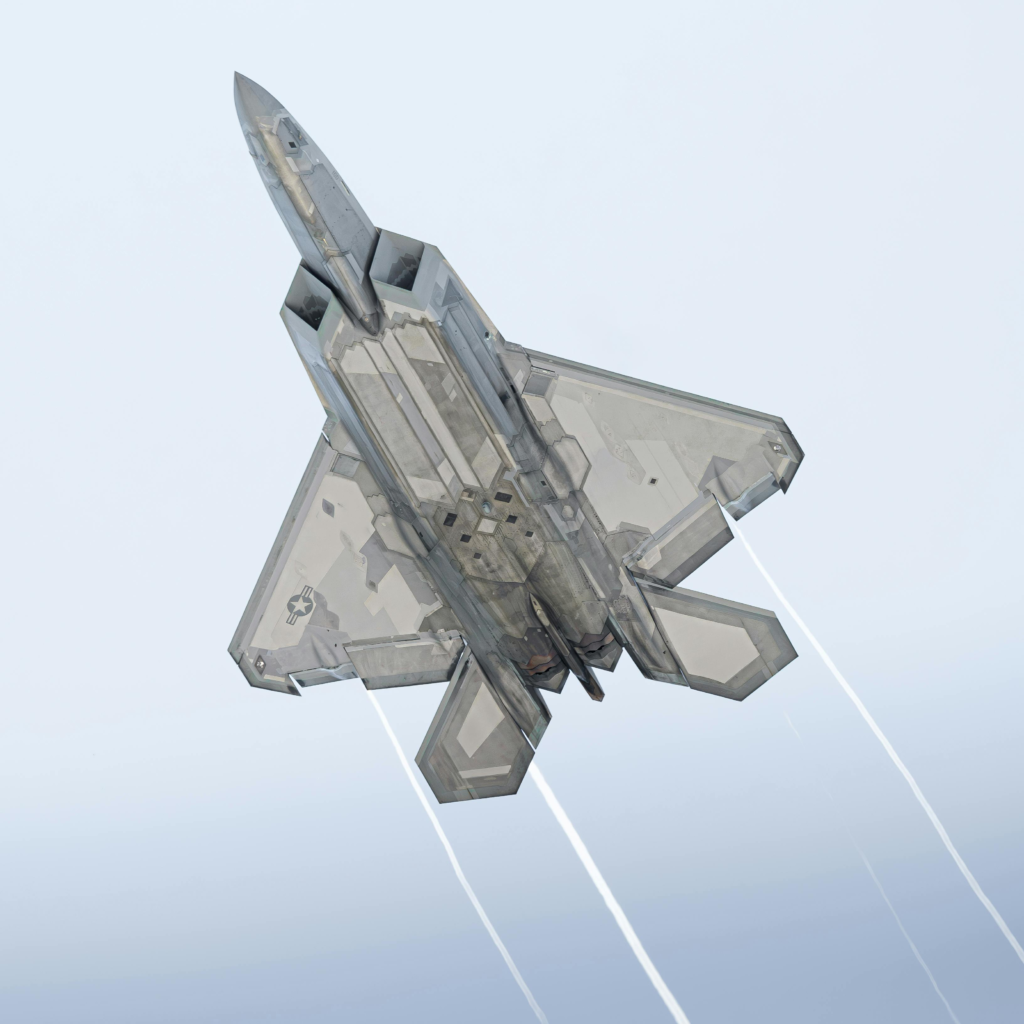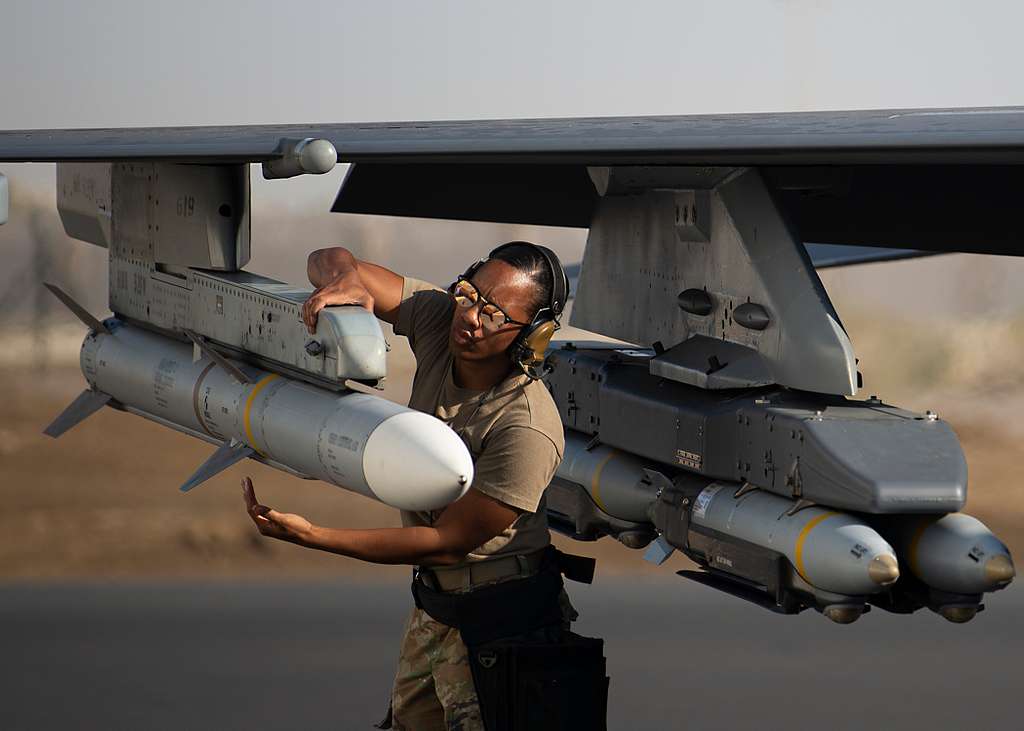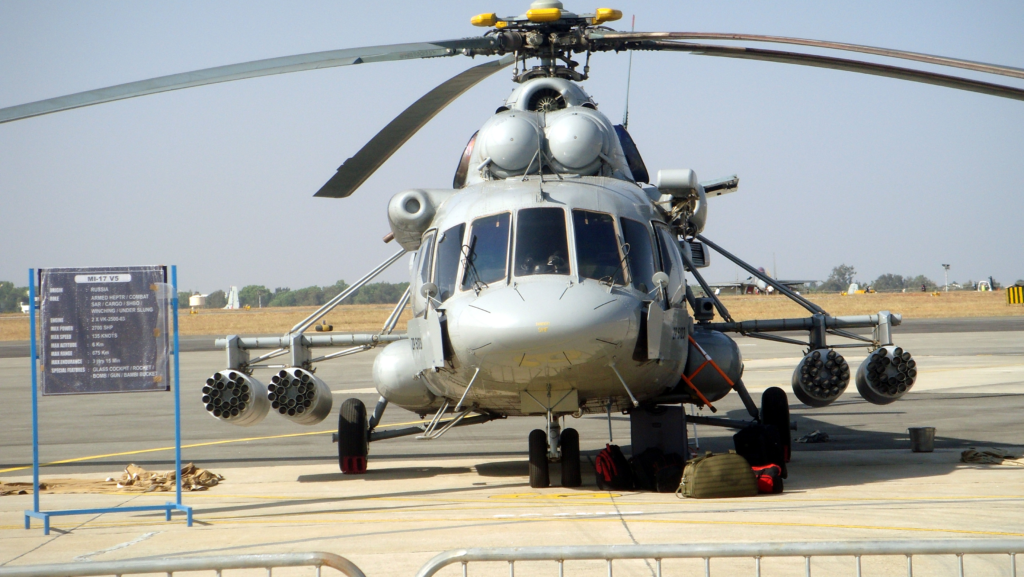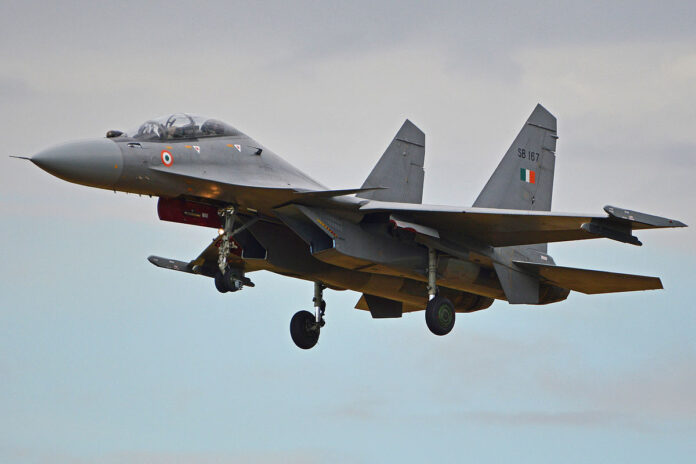The sun had just begun to dip beneath the horizon, painting the sky with shades of fiery orange and purple, when the rumble of distant engines began to echo through the still air. It was faint at first, a mere whisper in the vast expanse. But it grew louder, closer—each second a heartbeat, quickening. The silhouette of a military aircraft appeared, cutting through the sky like a blade through silk. It was a Su-30 MKI of the Indian Air Force and this was my first introduction to military jets at the Republic Day parade in New Delhi and it was love at first sight.
This wasn’t just a machine; it was an extension of life itself. As the jet sliced through the clouds, I could feel the smooth hum of its engines, its power pulsing through the very air around me. What makes military aircraft so special? Beyond several tons of blended metal carving through the wind at a speed that beats that of the sound? This is what we are discussing here.
Military aircraft have designs and equipment that make them suitable for things like fighting in the air, carrying soldiers and supplies, or watching what’s happening on the ground.
Military aircraft are a crucial part of a country’s defence, and they can be pretty advanced with state-of-the-art technology, but they’re essentially planes and helicopters built for keeping a country safe and performing important military jobs.
Military aircraft are specialized, purpose-built aircraft used by armed forces and defence agencies for various military operations, including combat, reconnaissance, transportation, and strategic defence. These aircraft are distinct from civilian or commercial aircraft in terms of design, equipment, and purpose. Here is a detailed overview of military aircraft:
Design and Function:
- Combat Aircraft: These are designed for aerial combat and are divided into fighters (such as the F-16 and Su-27) and bombers (like the B-2 and B-52). Fighters engage enemy aircraft in air-to-air combat and support ground troops, while bombers carry and release munitions to attack ground or naval targets.
- Reconnaissance Aircraft: These planes (e.g., the U-2 and MQ-9 Reaper) are equipped with sensors and cameras to gather intelligence by observing enemy activities or terrain.
- Transport Aircraft: Used for troop and equipment transport, these aircraft (like the C-130 Hercules and C-17 Globemaster) are critical for moving personnel, supplies, and vehicles to various locations.
- Surveillance and AWACS (Airborne Warning and Control System): These aircraft (e.g., E-3 Sentry and P-3 Orion) are equipped with radar and other surveillance tools to monitor airspace and control military operations.
- Tanker Aircraft: Refuel other military aircraft in mid-flight to extend their range. The KC-135 Stratotanker and KC-10 Extender are examples.
- Helicopters: Used for a variety of military roles, from transport and reconnaissance to attack and search and rescue. Common examples include the AH-64 Apache and UH-60 Black Hawk.

Image Credit: Pexels
Weapon Systems:
Military aircraft are equipped with various weapon systems, including missiles, bombs, machine guns, and other munitions. These systems enable them to engage targets on the ground, at sea, or in the air.
- Fighter Aircraft (Air-to-Air Combat):
- Equipped with air-to-air missiles, guns, and electronic warfare systems.
- Attack Aircraft (Air-to-Ground Combat):
- Carries air-to-ground missiles, bombs, and precision-guided munitions.
- Bomber Aircraft (Strategic or Tactical Bombing):
- Designed to carry and drop bombs on strategic targets.
- Can be categorized as strategic (long-range) or tactical (short-range) bombers.
- Multirole Aircraft:
- Equipped with a combination of air-to-air and air-to-ground weapons.
- Electronic Warfare Aircraft:
- Specialized in disrupting enemy electronic systems.
- Carries electronic countermeasure systems and may have defensive weaponry.
- Reconnaissance Aircraft:
- Designed for gathering intelligence and surveillance.
- Equipped with sensors, cameras, and sometimes defensive systems.
- Transport Aircraft:
- Typically, not heavily armed but may have defensive systems.
- Tanker Aircraft:
- Equipped for in-flight refueling of other aircraft.
- Carries fuel transfer systems rather than offensive weapons.
- Unmanned Aerial Vehicles (UAVs or Drones):
- Can fall into various categories based on their intended use.
- Equipped with sensors, cameras, and sometimes weapon systems for reconnaissance or combat.

Image Credit: U.S. Air Force Senior Airman Bryan Guthrie
Stealth Technology:
Some modern military aircraft incorporate stealth technology, which reduces their radar signature and makes them less detectable by enemy radar systems. Stealth technology, also known as low observable technology, is a design approach used in modern military aircraft to minimize their radar cross-section (RCS) and infrared signatures. The primary goal is to reduce the detectability of the aircraft by enemy radar systems, enhancing its ability to operate covertly and evade detection.

Image Credit: U.S. Air Force
Operational Roles:
Military aircraft serve in a wide range of roles, including air superiority, close air support, strategic bombing, electronic warfare, anti-submarine warfare, and more. The specific role of an aircraft is determined by its design and capabilities.
Air Superiority Fighters: Air superiority fighters are designed with the primary mission of establishing and maintaining control of the airspace. These aircraft excel in air-to-air combat, ensuring dominance over enemy aerial threats. Examples include the F-22 Raptor and the Su-57.
Ground Attack Aircraft: Specialized in attacking ground targets, ground attack aircraft play a crucial role in providing close air support to troops and engaging enemy armoured vehicles. The A-10 Thunderbolt II and the Su-25 Frogfoot are notable examples.
Bombers: Bombers are classified into strategic and tactical categories, with a focus on delivering bombs to target areas. The B-2 Spirit represents a strategic bomber, while the B-1B Lancer serves as both a strategic and tactical bomber.
Multirole Aircraft: Known for their versatility, multirole aircraft can perform both air-to-air and air-to-ground missions. Examples include the F-16 Fighting Falcon and the Rafale, showcasing adaptability in various combat scenarios.
Electronic Warfare Aircraft: Equipped to disrupt enemy electronic systems, electronic warfare aircraft provide crucial electronic countermeasures. Notable examples include the EA-18G Growler and the EC-130H Compass Call.
Reconnaissance Aircraft: Designed for intelligence gathering and surveillance missions, reconnaissance aircraft contribute essential data for informed decision-making. The U-2 Dragon Lady and the Global Hawk exemplify this category.
Anti-Submarine Warfare Aircraft: Specialized in detecting and attacking submarines, these aircraft play a vital role in naval operations. The P-8 Poseidon and the Il-38 May are examples equipped for anti-submarine warfare.
Tanker Aircraft: Tanker aircraft are designed for in-flight refuelling of other aircraft, extending their operational range. The KC-135 Stratotanker and the Airbus A330 MRTT serve this critical role.
Transport Aircraft: Dedicated to troop and cargo transport, these aircraft ensure swift mobility of personnel and supplies. The C-130 Hercules and the C-17 Globemaster III are prominent examples.
Trainer Aircraft: Used for pilot training and skill development, trainer aircraft contribute to the preparation of new aviators. Examples include the T-38 Talon and the Hawk.
Unmanned Aerial Vehicles (UAVs or Drones): UAVs serve various roles, from reconnaissance to combat missions, without a human pilot on board. The MQ-9 Reaper and the Predator are examples of unmanned aerial vehicles.
Helicopters: Versatile in their applications, helicopters are used for troop transport, reconnaissance, and close air support. The AH-64 Apache and the UH-60 Black Hawk exemplify the diverse roles of helicopters in military operations.

Image Credit: Common Creative License
Training and Simulation:
Training aircraft, like the T-38 Talon or Pilatus PC-9, are used to train pilots and crew members. Simulators are also widely used for training purposes.
Versatility and Adaptability:
Many military aircraft are designed with adaptability in mind. For example, cargo planes can be modified to perform airborne refuelling, electronic warfare, or medical evacuation missions.

Image Credit: The U.S. National Archives
Strategic Deterrence:
Beyond direct combat roles, certain military aircraft, notably intercontinental ballistic missile (ICBM) delivery systems, play pivotal roles in a nation’s strategic deterrence and defence. ICBMs are long-range missiles capable of delivering nuclear warheads across continents, serving as a potent deterrent against potential adversaries. They are usually referred to as the silver bullets.
The mere existence of these aircraft reinforces a nation’s ability to respond decisively to any threat, contributing to the overall strategic stability and national security posture. The capability to deploy ICBMs underscores a nation’s commitment to safeguarding its interests and deterring aggression on a global scale.
Technological Advancements:
The continual evolution of aviation technology has ushered in a new era of military aircraft characterized by heightened speed, agility, and overall capability. Breakthroughs in materials science have enabled the construction of aircraft with enhanced durability, reduced weight, and improved aerodynamics. Avionics, encompassing advanced electronics and computer systems, play a pivotal role in enhancing navigation, communication, and mission capabilities.
Propulsion systems have undergone significant advancements, with more efficient and powerful engines propelling military aircraft to unprecedented speeds and manoeuvrability. These innovations collectively redefine the capabilities of modern military aviation, providing strategic advantages in terms of rapid response, precision targeting, and overall mission success. As technology continues to progress, the trajectory of military aviation promises to reach new heights, shaping the future landscape of defence and security.



